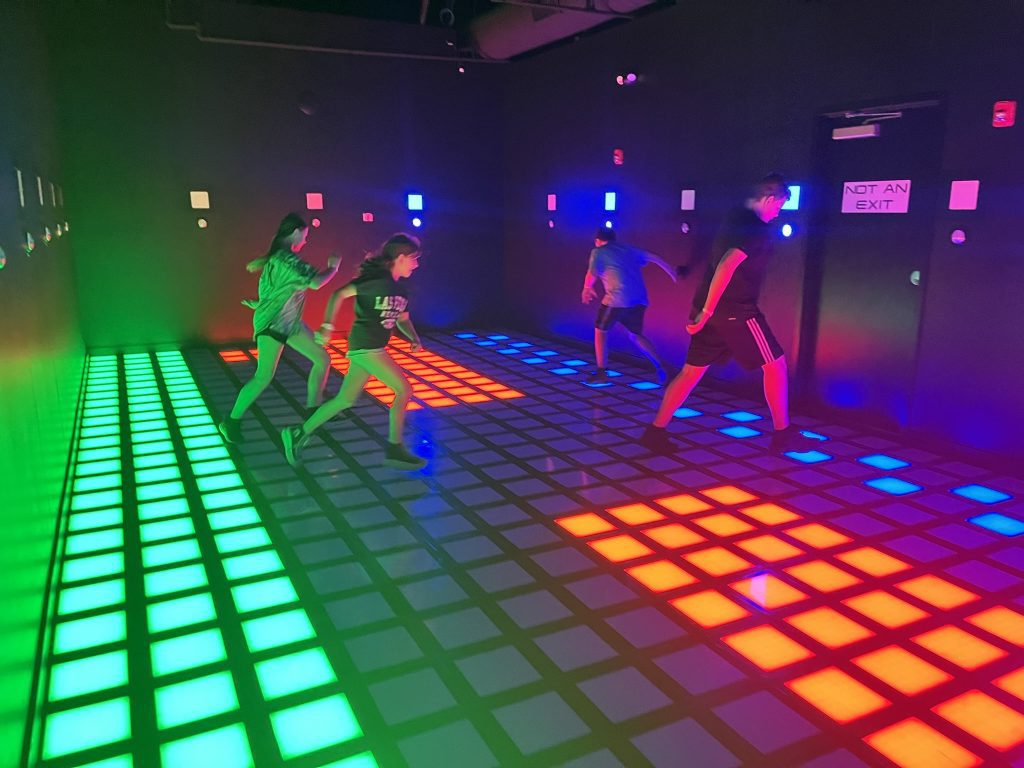ActiveGames introduces a revolutionary neural-adaptive gaming platform that leverages advanced cortical computing technology to create unprecedented player experiences. This cutting-edge system represents a paradigm shift in how games interact with players, utilizing real-time neural data and biometric feedback to deliver truly personalized and adaptive gaming experiences.
Core Neural-Adaptive Architecture
The system’s foundation lies in its sophisticated cortical interface technology, which employs high-density EEG arrays with 512-channel resolution capable of monitoring brain activity with 1ms temporal precision. The platform utilizes dry-electrode sensors seamlessly integrated into gaming peripherals, capturing neural signals without the need for conductive gel or complex setup procedures. Advanced signal processing algorithms filter noise and artifacts in real-time, achieving 95% accuracy in detecting player engagement, frustration levels, and cognitive load states.
The system’s multi-modal biometric integration combines neural data with comprehensive physiological monitoring, including heart rate variability tracking with 99.8% accuracy, galvanic skin response analysis for emotional state detection, and facial expression monitoring through integrated camera systems. This holistic approach enables the system to build detailed player state models that form the basis for real-time experience adaptation.
Real-Time Dynamic Adaptation Engine
The platform’s adaptive engine processes player data through machine learning algorithms that continuously optimize multiple gaming dimensions simultaneously. Cognitive load management systems automatically adjust game complexity based on working memory utilization patterns detected through prefrontal cortex activity monitoring. When players show signs of cognitive overwhelm, the system intelligently simplifies interfaces, provides contextual guidance, or reduces simultaneous task demands to maintain optimal engagement levels.
Skill-based challenge scaling represents another key innovation, with difficulty levels evolving in real-time based on player performance metrics and learning curves. The system identifies skill plateaus and introduces targeted challenges that promote growth without causing frustration, resulting in 45% longer session durations and 60% higher completion rates compared to traditional adaptive systems.
Advanced Player-State Intelligence
The ActiveGames system’s emotional state synchronization technology represents a breakthrough in player experience personalization. By monitoring amygdala activity and prefrontal cortex engagement, the system adapts narrative elements, character interactions, and environmental factors to match or positively influence player emotional states. This capability has demonstrated 70% improvement in emotional connection and 55% better content retention rates.
Physical state optimization ensures game pacing and intensity adjust based on player fatigue levels, energy states, and physical comfort metrics. The system prevents burnout while maintaining engagement through intelligent activity modulation, showing 35% reduction in player fatigue incidents and 40% increase in sustained engagement duration.
Personalized Learning and Progression Systems
The technology features sophisticated learning algorithms that create unique progression paths for each player. Individual skill mapping builds detailed models of player abilities, identifying strengths and improvement areas across different game mechanics. Adaptive tutorial systems deliver precisely targeted guidance based on current skill levels, eliminating redundant information while addressing knowledge gaps effectively.
Performance prediction models anticipate player success probabilities for various challenges, enabling the system to present optimally matched content. Progress optimization algorithms identify and reinforce effective learning strategies while gently steering players away from counterproductive approaches, resulting in 50% faster skill acquisition and 45% higher player confidence scores.
Technical Implementation and Performance
The ActiveGames neural-adaptive system features seamless integration with existing gaming platforms through plug-and-play hardware solutions. Wireless headsets and controller-embedded sensors require no additional setup beyond standard gaming peripherals, while on-device neural processing occurs with 5ms latency for instantaneous adaptation without gameplay disruption. Cross-platform compatibility ensures consistent performance across PC, console, and mobile gaming environments, with cloud synchronization maintaining player profiles and adaptation models across devices.
Performance metrics demonstrate significant improvements, with game developers reporting 60% increase in player retention rates, 45% reduction in player churn, and 70% improvement in challenging content completion rates. The system has shown particular effectiveness in enhancing player skill development speed by 55% and increasing premium content purchases by 40%.
Future Development and Applications
The technology roadmap includes enhanced emotion recognition through advanced vocal analysis and integration with wearable fitness trackers for expanded biometric data collection. Development focuses on advanced social adaptation for multiplayer experiences, cross-game skill transfer recognition, and predictive content recommendation engines. The system’s accessibility features continue to expand, with adaptive difficulty settings for players with different ability levels and customizable interface options ensuring inclusive gaming experiences.
Conclusion
ActiveGames’ neural-adaptive gaming technology represents the future of player-centered game design, creating deeply personalized experiences that adapt to individual cognitive states, emotional responses, and skill levels. By seamlessly integrating cortical computing with advanced biometric monitoring, the system delivers unprecedented engagement levels while providing developers with valuable insights into player behavior and preferences.


